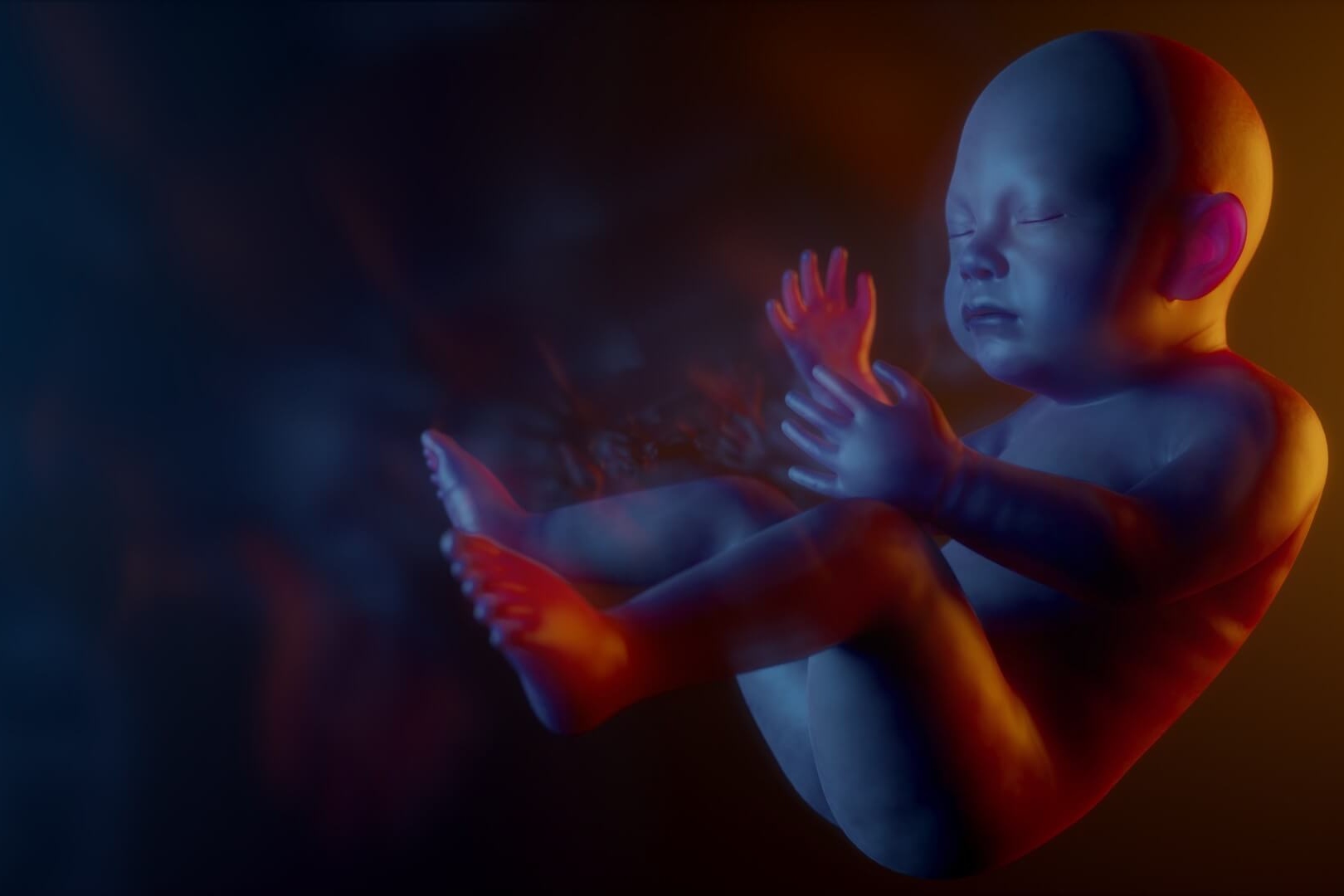Animation has come a long way since its beginnings as a series of hand-drawn images. With advancements in technology, animators now have the ability to create both 2D and 3D animations, each with its own unique set of features and benefits.
In this blog post, we will explore the differences between 2D and 3D animation and the advantages of each technique.
2D Animation
2D animation is a traditional form of animation that has been around for over a century. It involves creating a series of hand-drawn images, or cel animations, that are then played back in a rapid succession to create the illusion of movement. 2D animation can be created using a variety of techniques, including hand-drawing, computer-generated imagery (CGI), and stop-motion animation.
Advantages of 2D Animation
- Simplicity: 2D animation is relatively simple and straightforward, making it a popular choice for short animated clips, commercials, and educational videos.
- Lower Cost: 2D animation typically requires less equipment and technology, making it a more cost-effective option for those on a budget.
- Versatility: 2D animation can be used in a variety of styles and genres, from traditional cartoon animations to more abstract, experimental styles.
- Emotional Connection: 2D animation has a certain charm and character that can evoke strong emotions and create a personal connection with the audience.
3D Animation
3D animation, on the other hand, involves creating a virtual three-dimensional environment in which objects and characters can be animated and moved. 3D animation can be created using a variety of software and techniques, including 3D modeling, rigging, and animation.
Advantages of 3D Animation
- Realism: 3D animation can provide a high level of realism and detail, making it a popular choice for movies, video games, and virtual tours.
- Flexibility: 3D animation allows for greater flexibility in terms of camera angles, lighting, and special effects.
- Enhanced Immersion: 3D animation can create a more immersive experience for the audience, allowing them to feel like they are part of the action.
- Multidimensional: 3D animation can be used to create animations with depth and complexity, making it a popular choice for more advanced and complex animations.
Conclusion
In conclusion, both 2D and 3D animation have their own unique advantages and benefits. Whether you’re creating an animated short, a feature-length movie, or a video game, it’s important to understand the differences between these two techniques and choose the one that best fits your project’s goals and budget.


